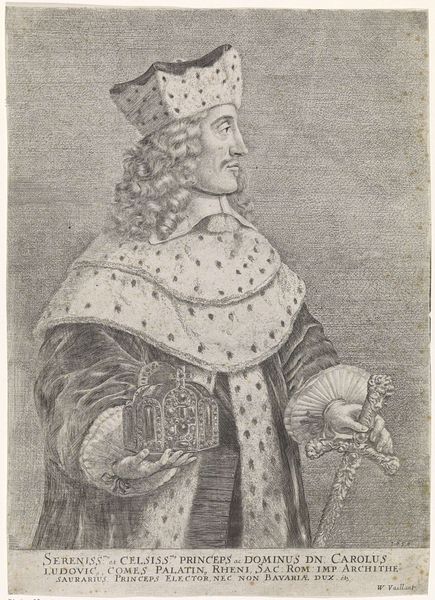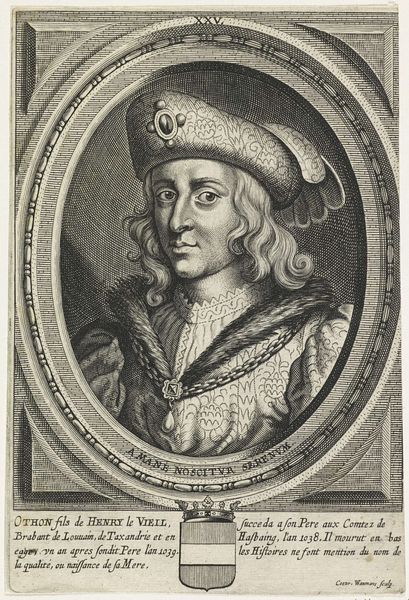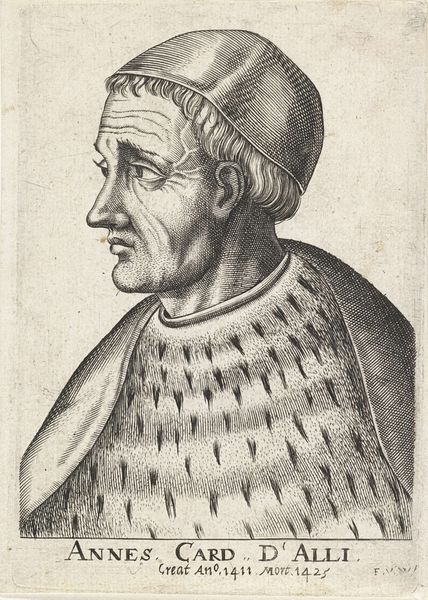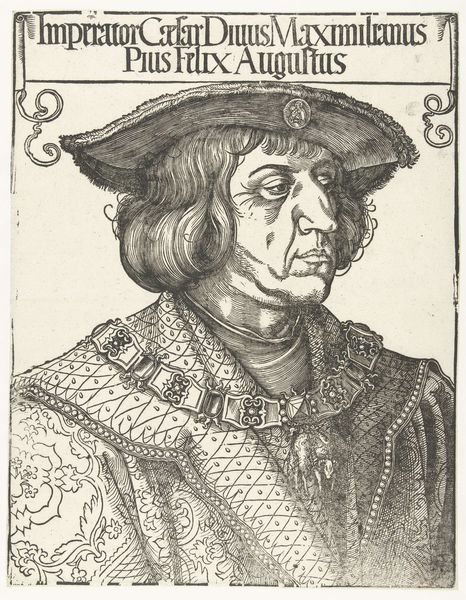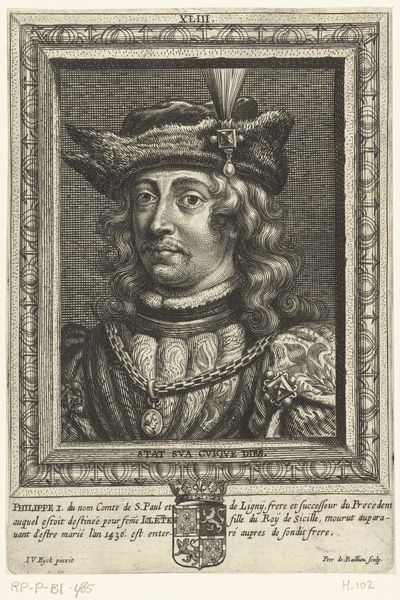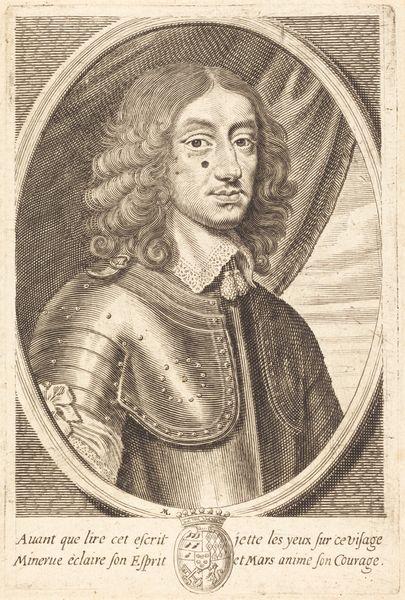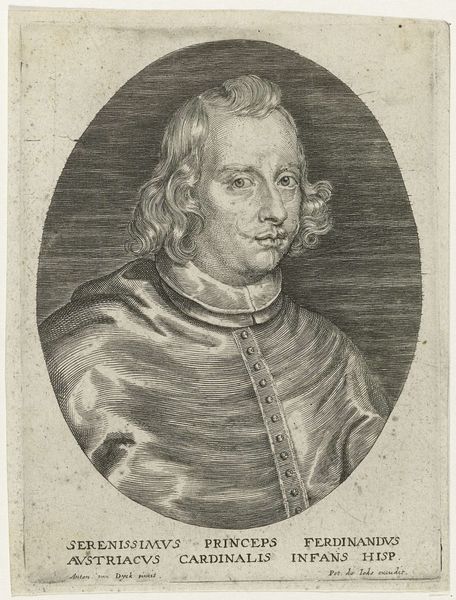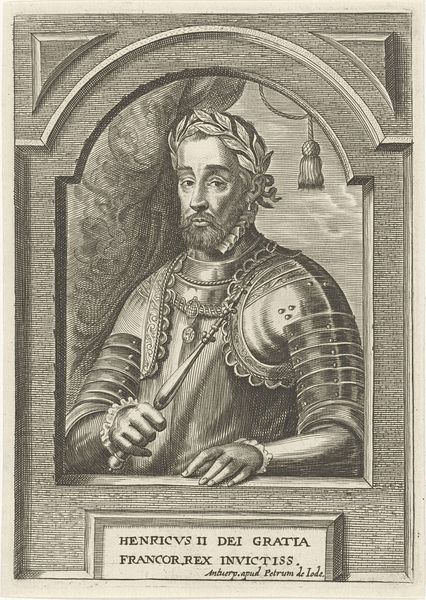
print, engraving
#
portrait
#
medieval
# print
#
old engraving style
#
personal sketchbook
#
portrait reference
#
portrait drawing
#
history-painting
#
engraving
Dimensions: height 100 mm, width 61 mm
Copyright: Rijks Museum: Open Domain
Curator: There's a kind of melancholic seriousness hanging about this piece. Almost brooding, wouldn't you say? Editor: Indeed. We're looking at a 1641 engraving by Wenceslaus Hollar, housed at the Rijksmuseum, titled "Portret van Richard III, koning van Engeland," or "Portrait of Richard III, King of England". It is a historical representation rendered through the precision of line and form. Curator: Precision is a good word. It feels meticulous, doesn’t it? Like someone trying to get at the "real" Richard, but from a distance, from rumor and legend. And the cross-hatching! Dense like secrets. Editor: Exactly. The historical context is key here. Hollar, working long after Richard III's reign, relies on established iconography and narratives. The portrait's very existence engages with questions of power, representation, and the shaping of historical memory. Note how the image itself presents Richard with the regalia of state—the clothing, hat, chain—signalling legitimate authority, a stark contrast to the Shakespearean caricature of him. Curator: Shakespeare. Always lurking! And yet, look at his eyes. Not tyrannical, just...intense. It’s hard to reconcile the supposed monster with this rather elegant man, trapped, like a fly in amber. Makes you wonder about the narratives we swallow whole, doesn't it? What histories get championed, and what stories are deliberately buried? Editor: Absolutely. This artwork becomes a space for interrogating those dominant narratives, especially the narratives perpetuated about powerful figures considered marginal in a patriarchal society. Consider the layers of interpretation that have accumulated around Richard III. Hollar's image intervenes within that complex web. Curator: It's powerful stuff. Editor: Ultimately, it invites us to question how we construct our understanding of history, power, and identity. Curator: Leaving us to question what is visible and what is deliberately obscured in our attempts to picture the past. Thanks for digging a little deeper.
Comments
No comments
Be the first to comment and join the conversation on the ultimate creative platform.
